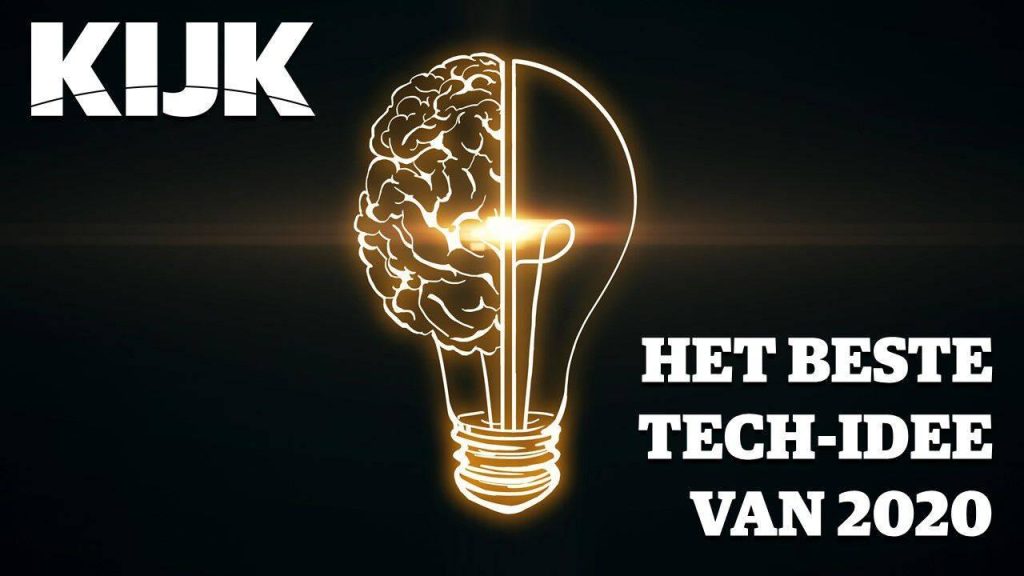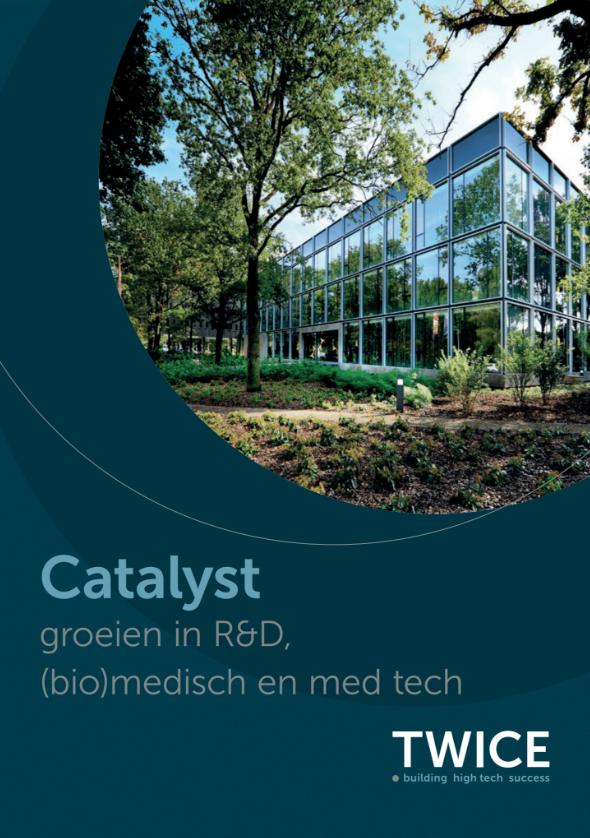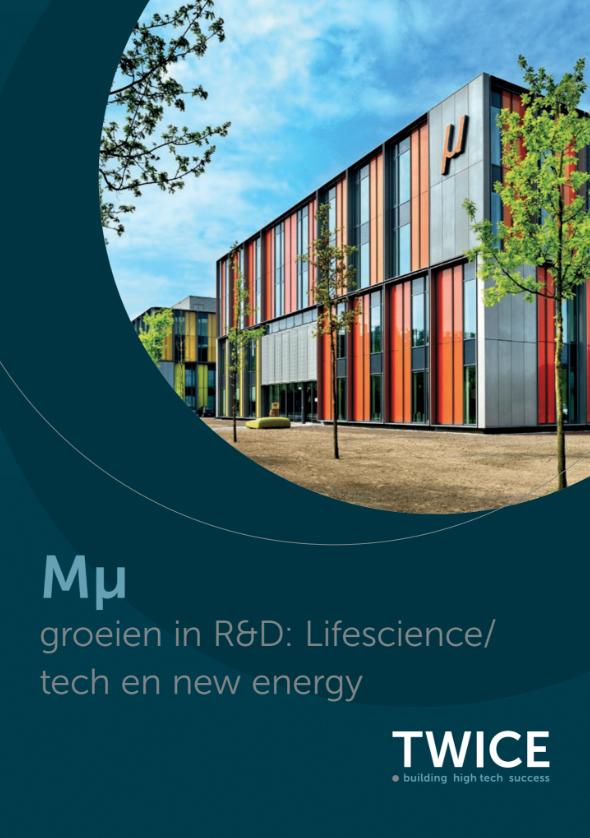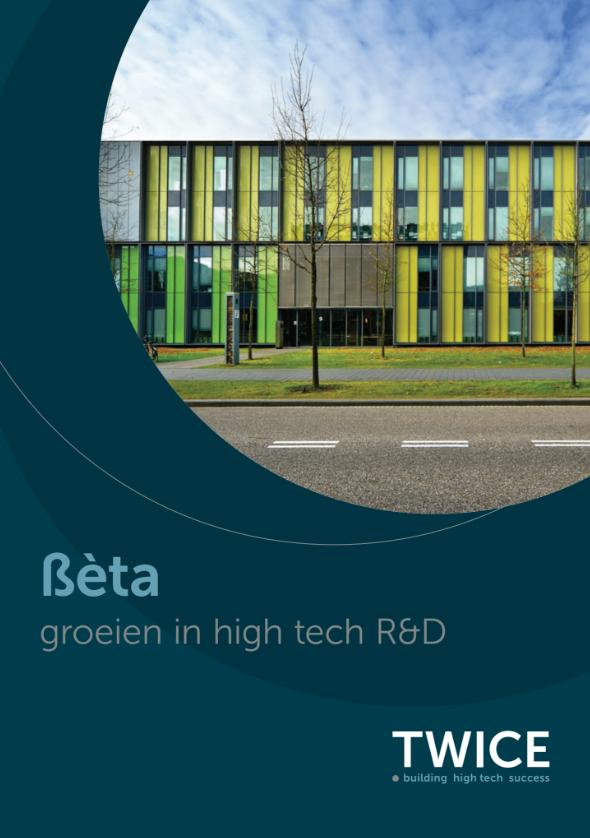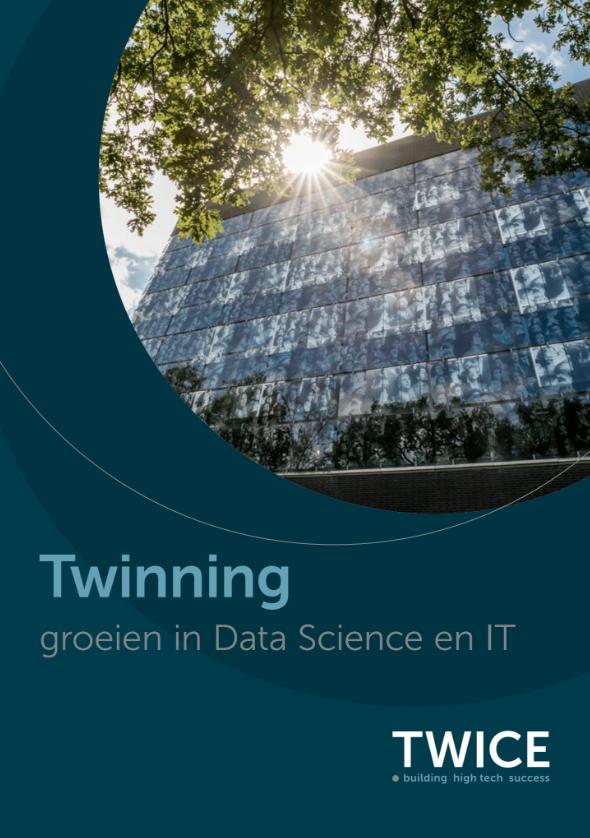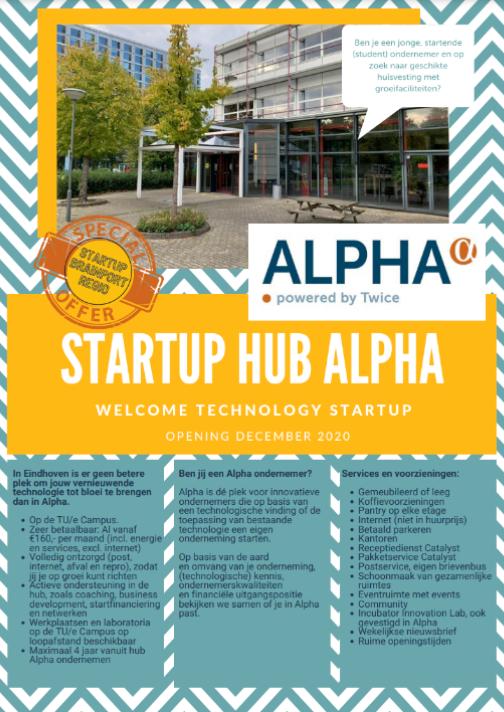Het tijdschrift KIJK was voor het vijfde jaar op zoek naar het beste Nederlandse tech-idee. Verschillende Brainport genomineerden staan in de lijst!
Tal van Nederlandse studenten en start-ups zijn druk bezig met innovatieve technologie. De redactie heeft twintig inspirerende tech-ideeën genomineerd van eigen Nederlandse bodem, waarvan er maar liefst vijf uit deze Brainport regio afkomstig. De lijst is tot stand gekomen in samenspraak met onafhankelijke experts, technische universiteiten en instanties die start-ups een plek geven. De publiekstemming is achter de rug, de komende periode buigt de jury zich over de stemming. De winnaar wordt einde jaar bekend gemaakt, spannend! Succes voor alle genomineerden.
De genomineerden uit deze Brainport regio:
Batterijloos
Sensoren van elektriciteit voorzien zonder batterijen onmogelijk? Nee hoor. Kleine apparaten, zoals sensoren, zonder batterij van stroom voorzien, klinkt op z’n minst uitdagend. Toch lukte het Daniel Vakulov die op dit onderzoek aan de TU Eindhoven promoveerde. Hij bedacht een microgenerator die gebruikmaakt van het warmteverschil tussen het oppervlak waarop de sensor is aangebracht en de omgeving – het zogeheten thermo-elektrische effect – om elektriciteit op te wekken.
Elke generatortje bevat grofweg een miljoen nanodraden, gemaakt van een geleidend materiaal, die als grassprieten omhoog steken. Deze nanodraadjes wekken heel efficiënt energie op. Ze zijn namelijk te dun om te trillen (en verliezen daardoor geen warmte-energie door beweging), maar wel dik genoeg om elektriciteit te geleiden. Lees meer over Batterloos hier: meer informatie.

Lichtpuntje
Onderzoekers van de TU Eindhoven slagen erin silicium licht te laten uitzenden. Lasers die in optische chips worden gebruikt, zijn meestal gemaakt van indiumfosfide of galliumarsenide. De grondstoffen voor deze exotische materialen zijn echter schaars en duur. Veel efficiënter is het om een laser van silicium te ontwikkelen. Iets wat al jaren geldt als de Heilige Graal in de micro-elektronica-industrie. Materiaalwetenschappers van de TU Eindhoven zijn hier nu eindelijk in geslaagd. Ze ontwikkelden een legering met silicium die licht kan uitzenden. In de toekomst kunnen chips hier veel sneller mee worden gemaakt. Meer info vind je hier.

Goal 3 met de Babymonitor
Deze betaalbare monitor moet voorkomen dat Afrikaanse baby’s onnodig sterven. In veel Afrikaanse ziekenhuizen zijn de babyafdelingen stampvol door een tekort aan geld, waardoor er niet genoeg medisch apparatuur en zorgpersoneel is. De weinige artsen en verplegers die er werken, hebben het zó druk dat ze geen tijd hebben om ook nog bloeddruk- en hartslagcontroles van baby’s uit te voeren. Hierdoor sterven een aantal zuigelingen onnodig. Goal 3 wil aan deze misère een eind maken. Zij hebben een betaalbare monitor ontwikkeld die de ademhaling en hartslag van baby’s meet. Het apparaat geeft de gegevens direct door aan een tablet die, dankzij een algoritme, herkent of er iets loos is. Door dat op tijd te constateren, kunnen kinderlevens worden gered. Meer info vind je hier.

Incooling
Datacenters behoren tot de grootste energieslurpers ter wereld. Dat heeft alles te maken met het koelen van de honderden servers die er staan opgeslagen, wat doorgaans gebeurt met koude lucht. Incooling werkt aan een koeltechniek die de helft minder energie verbruikt. De methode werkt als volgt: koelvloeistof wordt onder hoge druk door minuscule kanaaltjes gepompt. Die kanaaltjes zijn op een metalen plaatje aangebracht, dat bovenop de chip wordt geschroefd. De warmte die de chip genereert, brengt de koelvloeistof aan de kook, waardoor die van een vloeistof overgaat in een gas. Deze faseverandering onttrekt warmte aan de chip, vergelijkbaar met het proces van transpiratie. Deze koeltechniek zou veel energie besparen. Lees meer: incooling.com/

Yiqian Bao met behulpzame parasieten
Kleine apparaten die we in ons huishouden gebruiken, verliezen veel warmte. Zo worden adapters voor smartphones of laptops bijvoorbeeld flink warm tijdens het opladen. Die warmte is een nutteloos bijproduct en gaat dus verloren. Daar wil Yiqian Bao, die afstudeerde aan de Design Academy Eindhoven, verandering in brengen. Bao ontwikkelde ‘parasieten’ die leven van restwarmte. Neem de Thermo Cactus, een onderzetter waarop je een heet kopje koffie kunt plaatsen. Dankzij thermo-elektrische platen zet de Cactus de restwarmte van het kopje om naar elektriciteit, waardoor je met een USB-kabel bijvoorbeeld een telefoon kunt opladen. Andere leden van de Thermos-familie passen dezelfde techniek toe, maar dan voor ovens, adapters of systeemkasten. Lees meer: www.designacademy.nl.

Andere genomineerden zijn:
FORU Solution, ESTEC Noordwijk, WordProof, FiberSort + Wieland Textiles, Allseas, STIL, Zoi Meet, Dawn Aerospace, Alex van Silfhout + onderzoeksgroep (Universiteit Utrecht, Radboud Universiteit), Heike Vallery + onderzoeksgroep (TU Delft), Unpluq, Ipadic, GDP Shaker, De Warmte en DeNoize (TU Delft).
